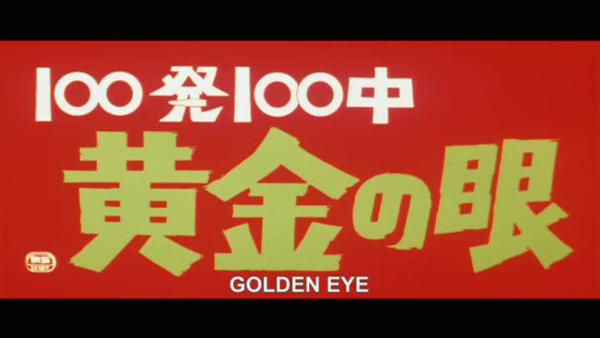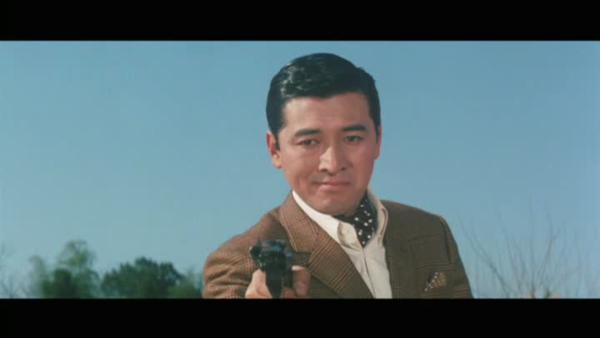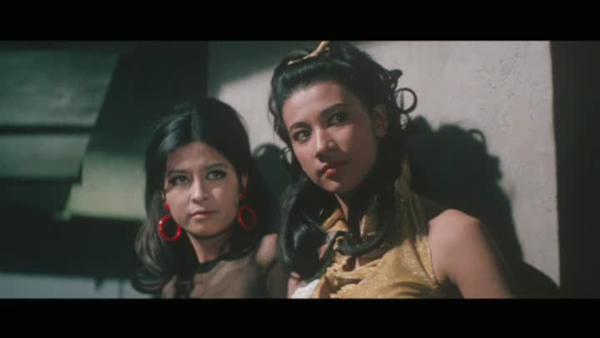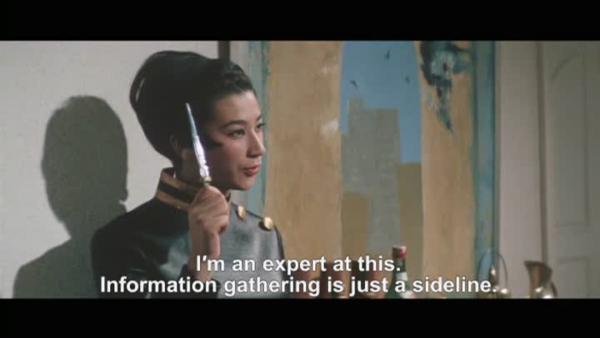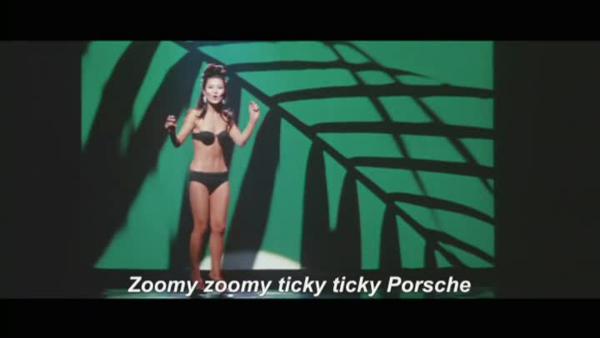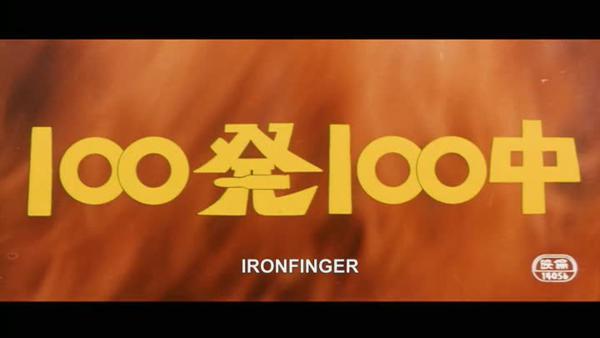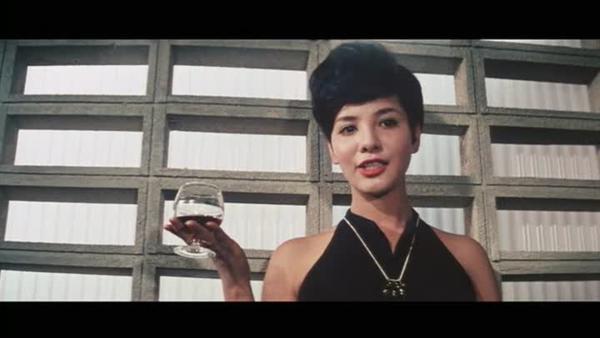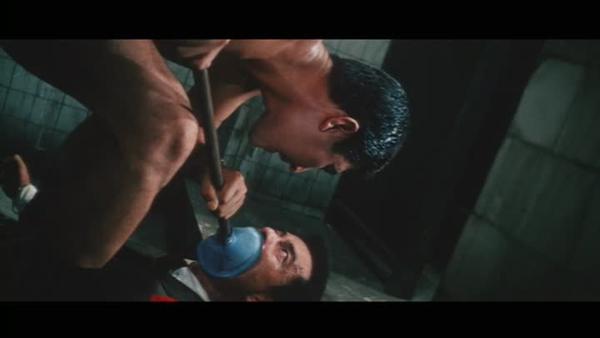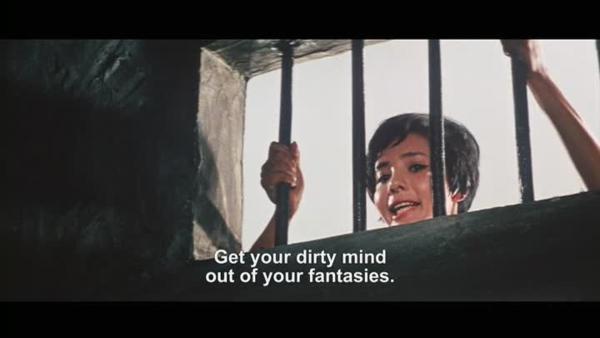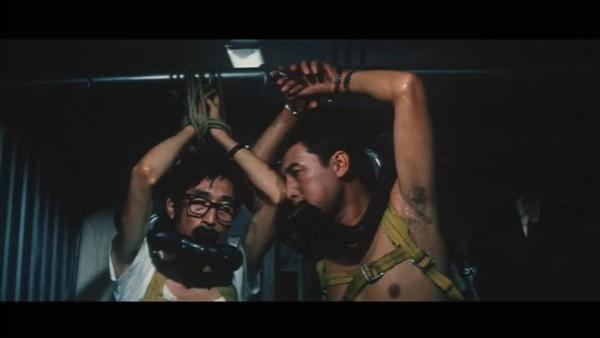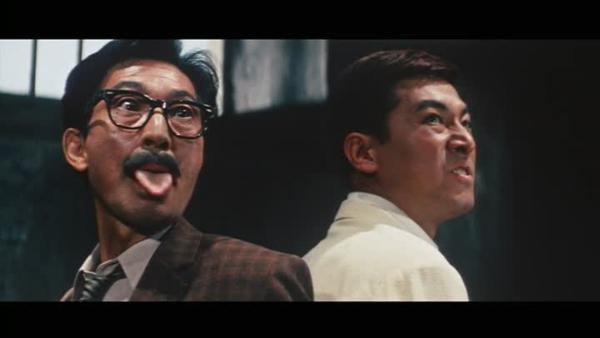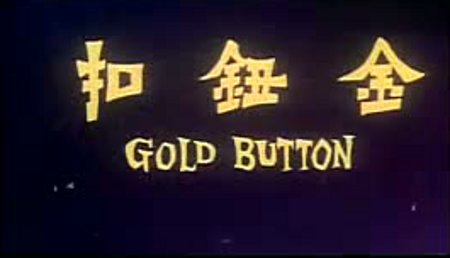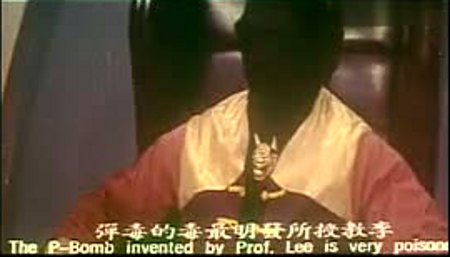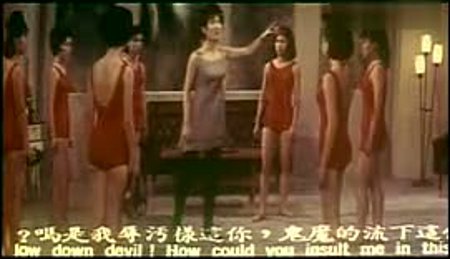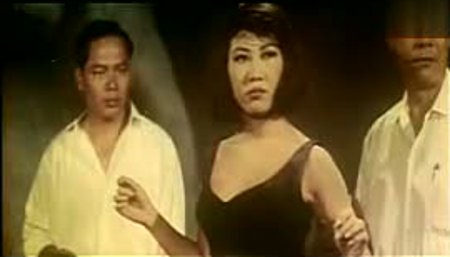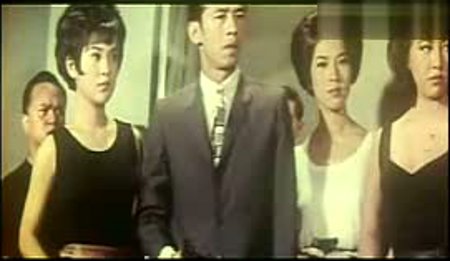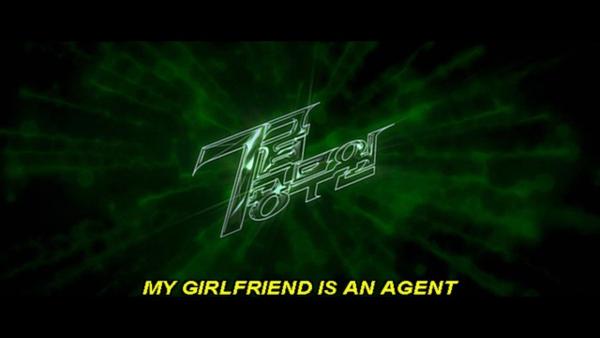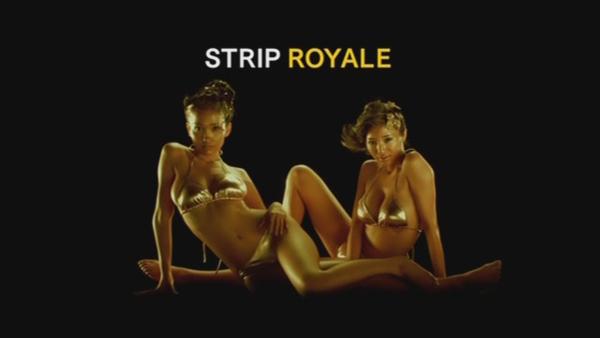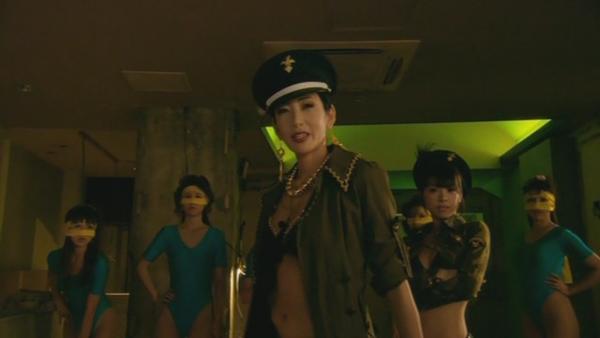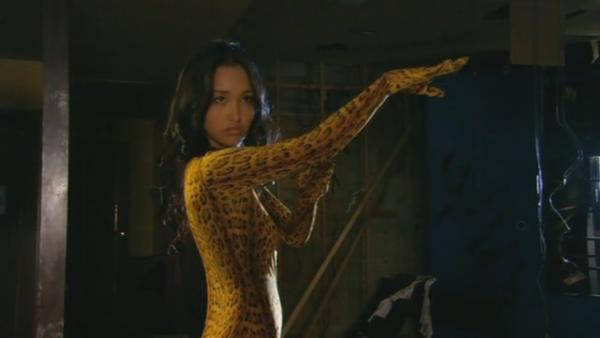S.O.S. Conspiracion Bikini
aka S.O.S. Bikini Conspiracy

1967![]()
Written and directed by René Cardona Jr.
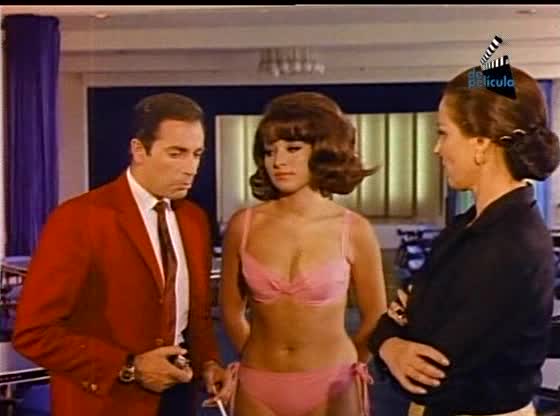
The best conspiracies don’t involve the government teaming up with aliens to stick things in your butt, but instead involve lots of women in bikinis. Mexico was hip to this fact long before the rest of the world, thus the 1967 cinematic entry S.O.S. Conspiración Bikini. Not only is there a dastardly conspiracy that requires lots of women to wander around in bikinis, but this film is the first appearance of a Mexican answer to James Bond, Alex Dinamo. The Alex Dinamo character would find footing in a comic book series and a sequel film released soon after (with an eye for international release), Peligro!…Mujeres en Acción (Danger! Women in Action). From what I can gather, that was the last appearance of Alex Dinamo onscreen, and he disappeared into the ether after the cancellation of his comic series at date unknown (aka I couldn’t find it), though there was a lucha wrestler named Abismo Negro who used the name Alex Dinamo for a time.
Most Alex Dinamo information online concerns the two film productions. Both S.O.S. Conspiración Bikini and Peligro!…Mujeres en Acción are Ecuadorian coproductions, directed by Mexican genre director extraordinaire, René Cardona Jr. The S.O.S. in the title is not a call for help because of bikini conspiracy complications, but is the name of the villainous organization, S.O.S. (Secret Organizational Service). Perhaps that was a threatening name in 1967, now it just sounds like a college club that needs an excuse to get drunk.
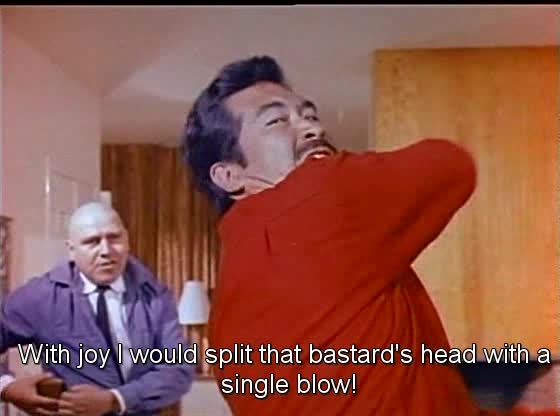
As you may have guessed, the main attraction of S.O.S. Conspiración Bikini is the bikini clad babes (featuring Peter Pan swimwear designed by Oleg Cassini), who are usually carrying weapons of deadly force. The S.O.S. is a global organization, but has a large number of women in prominent roles. This is juxtaposed by the raw masculinity of Alex Dinamo and his heroic organization, where both Alex and his boss Inspector spend much of their down time (and up time!) chasing after tail. One of the only heroic women spends much of the film annoyed that Alex Dinamo isn’t spending 100% of his attention on her tail, but not so annoyed that she drops the creep. The other becomes someone for Alex Dinamo to rescue, except for the point where he doesn’t and she dies.
As one of them newfangled spy movies, there is lots of gadgets and things going on. Guns are built into cameras, makeup containers, even high healed shoes. People speak in code and use matchbooks for symbols. At other times, characters openly state they are working for organizations and are about as covert as a bull in a china shop. The opening sequence with a fisherman taking photos leads to a ridiculously complicated method of sending intelligence information around the globe coded in microfilm disguised as a period at the end of typewritten sentence that was a coded message for arms dealers trade routes. This first encounter with S.O.S. takes place 12 years before the film proper, and there is no evidence the heroes even know they are dealing with a super secret conspiracy organization.
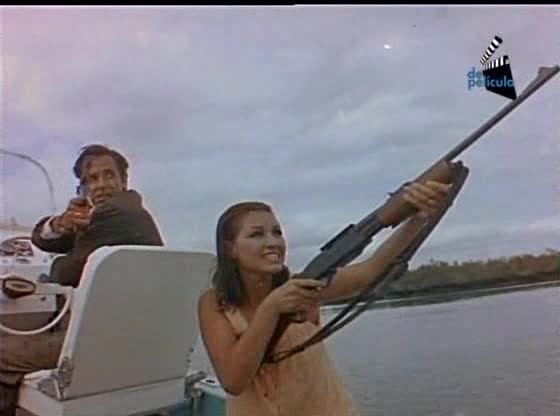

|
In addition, Isela Vega appears as one of the SOS women who is somewhat sympathetic to Dinamo. Liza Castro is also credited, but I’m not sure who she plays. She appears in the sequel in an expanded role.

Continue reading


